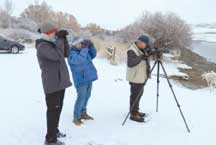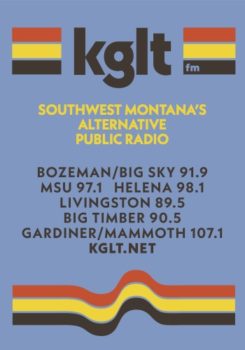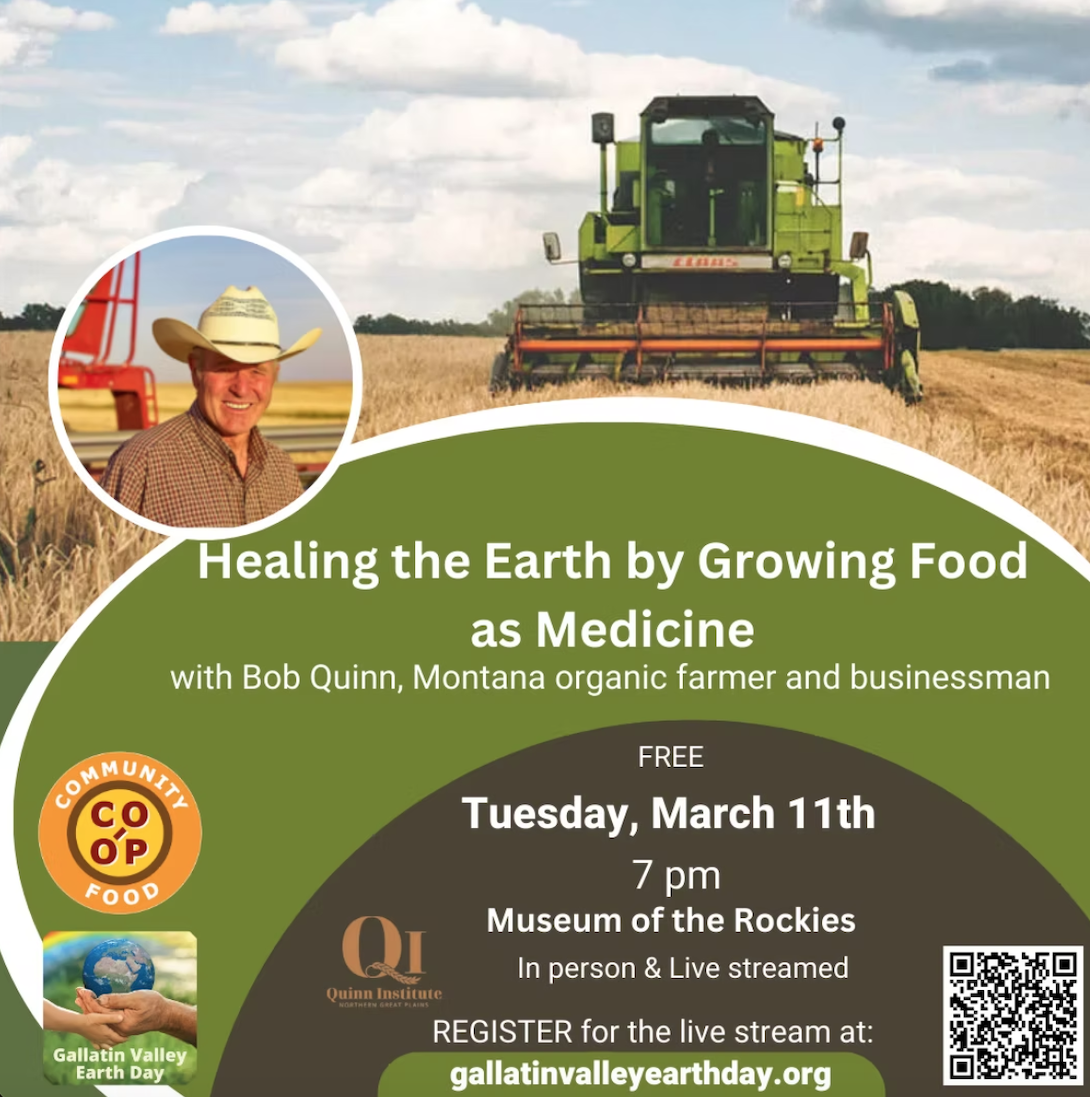Sacajawea Audubon is once again organizing its annual Christmas Bird Counts in December.

Come join the fun on one of our area’s counts. They are an opportunity for beginning and expert birds to get together and share an enjoyable holiday tradition. Bozeman’s count will take place Saturday, December 19th with Compiler John Parker. Meet the group Perkins Restaurant between 7 and 7:30am. Call (406) 586-5863 or email conundrumjp@gmail.com for more information. Livingston’s count will take place Sunday, December 20th with Compiler Sally MacDonald. Meet the group at the Northern Pacific Beanery between 7 and 7:30am. Call (406) 223-9167 or email smacbirder@msn.com for more information.
The first CBC was done on Christmas Day of 1900 as an alternative activity to an event called the “side hunt” where people chose sides, then went out and shot as many birds as they could. The group that came in with the largest number of dead birds won the event. Frank Chapman, a famed ornithologist at the American Museum of Natural History and the editor of Bird-Lore (which became the publication of the National Association of Audubon Societies when that organization formed in 1905) recognized that declining bird populations could not withstand wanton over-hunting, and proposed to count birds on Christmas Day rather than shoot them. Audubon’s Christmas Bird Count (CBC) is the longest running Citizen Science survey in the world. The CBC is an early-winter bird census, where volunteers count every bird they see or hear during one day in a designated 15-mile diameter circle. Count volunteers follow specified routes within the circle. It’s not just a species tally–all birds are counted all day, giving an indication of the total number of birds in the circle that day.
If observers live within a CBC circle, they may arrange in advance to count the birds at their feeders and submit those data to their compiler. All individual CBC’s are conducted in the period from December 14th to January 5th (inclusive dates) each season, and each count is conducted in one calendar day. These counts have proven incredibly valuable for what they tell scientists–and all of us–about our changing world. Learn more and about other area counts at sacajaweaaudubon.org. •






